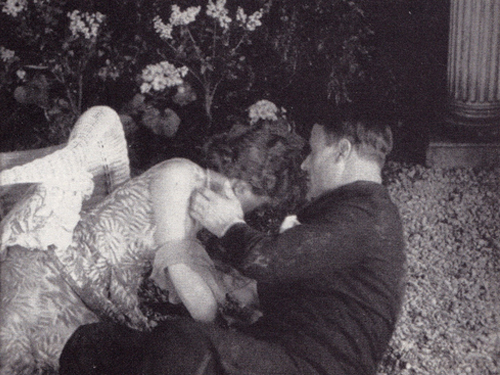Rudy Kousbroek
Rudy Kousbroek (1929–2010) was a Dutch writer, journalist, poet and essayist born in Pematang Siantar, on the Eastern shores of Sumatra. As a writer and poet, Kousbroek was closely affiliated with De Vijftigers, a Dutch-Belgian literary movement which also includes Hugo Claus, Remco Campert, Lucebert, Bert Schierbeek and many others. Together with Remco Campert, he founded the magazine Braak in 1949, an important outlet for the work of De Vijftigers. From the 1960s onward, Kousbroek was known for his prolific essayistic writing, which he himself referred to as “anathema” in both Vrij Nederland and Algemeen Handelsblad and were later published, comprising nine parts in total. His essays earned him the prestigious P.C.Hooftprijs in 1975. Kousbroek was also a fervent devotee of cats, which was most clearly apparent in his book De aaibaarheidsfactor (1969), a bundle entirely cat dedicated with drawings by his daughter. In 2011, a collection of his writing titled Het Meisjeseiland was compiled by Marja Roscam Abbing and Wout Woltz, with an introduction by Hans Ree.


